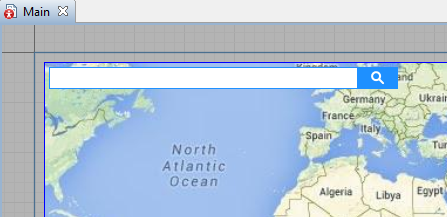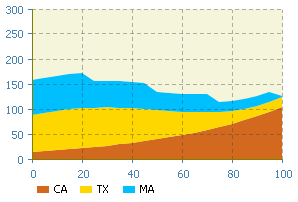
Then the procedure is similar to the one in the article. A manually created GISNetwork with GISPoints and GISRoutes.The whole article was referencing normal AnyLogic networks. Path path int traffic public double getCost ( ) For now it will return only the length of the path. Therefore it is necessary to extend the Path element of AnyLogic with cost information, here in the form of a function to retrieve the cost.

But this is what AnyLogic can already do, and we want to be more flexible. Good enough to implement a distance based routing. The path element in AnyLogic has properties like location, length and visual properties, but thats about it. But there is one thing it doesn't have: the cost. We saw that AnyLogic has elements that match the vertix and edge concept, nodes and paths.
#ANYLOGIC GIS REAL TIME TRAFFIC HOW TO#
How to get this into AnyLogic? As any other Java package:įind the JARs that you need, in this case these four: It is Open Source, and is used in social networks, web graph analysis, graph theory and data mining. The Java package is called JUNG (Java Universal Network/Graph Framework). Actually pretty nicely, including the infrastructure to import and define networks with nodes and vertices, several solving algorithms and much more. Good news: No need to implement this or other route selection algorithms ourselves, somebody has already done so. This is where more clever algorithms are needed, that find the same cheapest solution, but with much less effort. In more complex networks this brute-force procedure is not feasible, because there are too many possibilities. We just take the route with the lowest attached costs and there we go, this is the shortest route. How to find the cheapest option now to go from A to B? Easy, just try every possible route and add the cost of the edges along the way. This is exactly what AnyLogic does internally, and that is (simplified) also what your navigation device does when you set it to find the "shortest route". The most intuitive case would be to use the length of the edge as it cost. If you have an origin and a destination inside this network, how does a navigation device select a route through this interconnected system?įirst you need to attach a cost to each edge, which you have to pay if I want to use it, like a road toll. Here is a table with these terms translated: Normal Life

You want to avoid already congested routes, like the traffic avoidance in a modern navigation device with internet accessĭid I just say modern navigation device? How does such a device calculate a route? First of all it holds all the connection possibilities in a graph network, consisting of edges and vertices.

You want to have the fastest route and some parts of the network have speed restrictions.You want to completely avoid some routes, for example toll routes.However in a lot of situations this is not flexible enough: But what is THE best route? AnyLogic finds the route with the shortest distance. Whenever you are using a moveTo block in a network (Note: I am explicitely excluding GIS networks here, as the situation there is a bit different), AnyLogic will use its own solution to calculate the best route to your choosen destination. AnyLogic has a built-in routing solution.


 0 kommentar(er)
0 kommentar(er)
